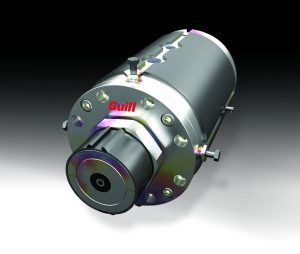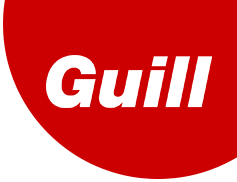By Rich Guillemette, CEO, Guill Tool & Engineering
Guill is analyzing the latest market demands, combined with its extrusion die design expertise, to deliver solutions to its customers. Guill’s new Spiderless Pipe Die is an alternative solution, utilizing precision tooling to provide material savings vs conventional Basket Dies.
The global market for pipes used in irrigation systems, sewage systems and industrial applications is expected to grow in the coming years. According to a report by MarketsandMarkets™, the global market for pipes is projected to reach USD 23.5 billion by 2025, growing at a CAGR of 6.1% from 2020 to 2025.
The demand for pipes is driven by the increasing need for water and wastewater infrastructure, as well as the growth in industrialization and urbanization. These factors are expected to drive demand for pipes in emerging economies such as China, India and Brazil, as well as in developed markets such as the United States and Europe. The U.S. government has announced several infrastructure improvement plans aimed at revitalizing the country’s aging infrastructure, including its water and wastewater systems.
In March 2021, President Biden proposed the American Jobs Plan, a $2 trillion infrastructure plan that includes funding for a wide range of infrastructure projects, including the modernization of water infrastructure. The plan proposes to invest $111 billion in drinking water infrastructure, $45 billion in reducing lead exposure in drinking water and $56 billion in modernizing water infrastructure, including wastewater treatment plants and stormwater management systems.
What differentiates Guill’s Spiderless Pipe Die design over a basket die is Guill’s focus on precision tooling, developed from decades of experience in medical tubing, flow analysis and Guill’s ISO 9001 and AS9100 (Aerospace) quality systems. The significance of Guill’s Spiderless Pipe Die becomes clear when one considers material savings.
In general, the cost of the polymer raw material can range from 50% to 70% of the total cost of producing polymer pipes. The cost of other materials such as additives, fillers and reinforcements, as well as the cost of energy, labor, equipment and overhead also contribute to the total production cost. In some cases, the cost of energy, particularly electricity and natural gas, can be a significant part of the total cost of production, especially for large-scale production facilities. In other cases, labor costs in regions with high labor costs, can significantly impact the cost of production. Also a factor is that the cost of the raw polymer can be affected by market fluctuations in the price of oil, impacting the cost of petrochemicals used in the production of polymers. Additionally, the cost can also be influenced by supply and demand factors and global trade dynamics.
Guill’s Spiderless Pipe Die is now available to meet the needs of its customers, as they consider all these factors required to be competitive in the production of pipes from 2” to 15” OD. This product was entirely conceived, designed, engineered, manufactured and CFD tested at the Guill factory in West Warwick, Rhode Island.

For more information, please contact:
Tom Baldock
GUILL TOOL & ENGINEERING
West Warwick, Rhode Island
www.guill.com
+1 401 828 7600
